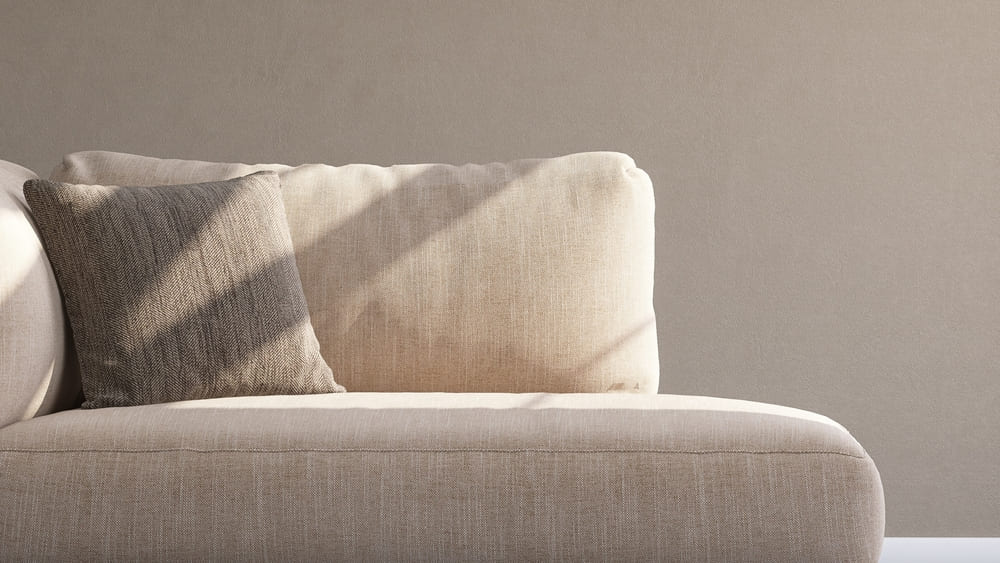Selecting the perfect sofa involves more than just style and comfort; the material of the upholstery is equally important. It affects durability, ease of cleaning, and how the sofa will age over time. Different materials suit different lifestyles and preferences. This guide will provide a comprehensive understanding of various sofa materials, helping you make an informed decision that balances function and style in your living space.
Natural Fabrics: Classic Comfort
Natural fabric options offer a soft and cozy feel, making them a go-to choice for comfort.
Cotton and Linen: Breathable and Versatile
Cotton and linen are popular natural materials known for their breathability and softness. They come in a range of textures and weaves, which can influence the fabric’s durability and appearance. These materials can fit a wide variety of design schemes due to their extensive color and pattern options. However, without proper treatments, they may be susceptible to stains and can wrinkle easily.
Wool: Warm and Durable
Wool is a sturdy option that offers natural warmth and resilience. It’s less prone to pilling and wrinkling, which makes it a durable choice for high-traffic areas. Wool blends, which combine wool with synthetic fibers, are often used to create a material that’s easier to clean and maintain while preserving the natural benefits of wool.
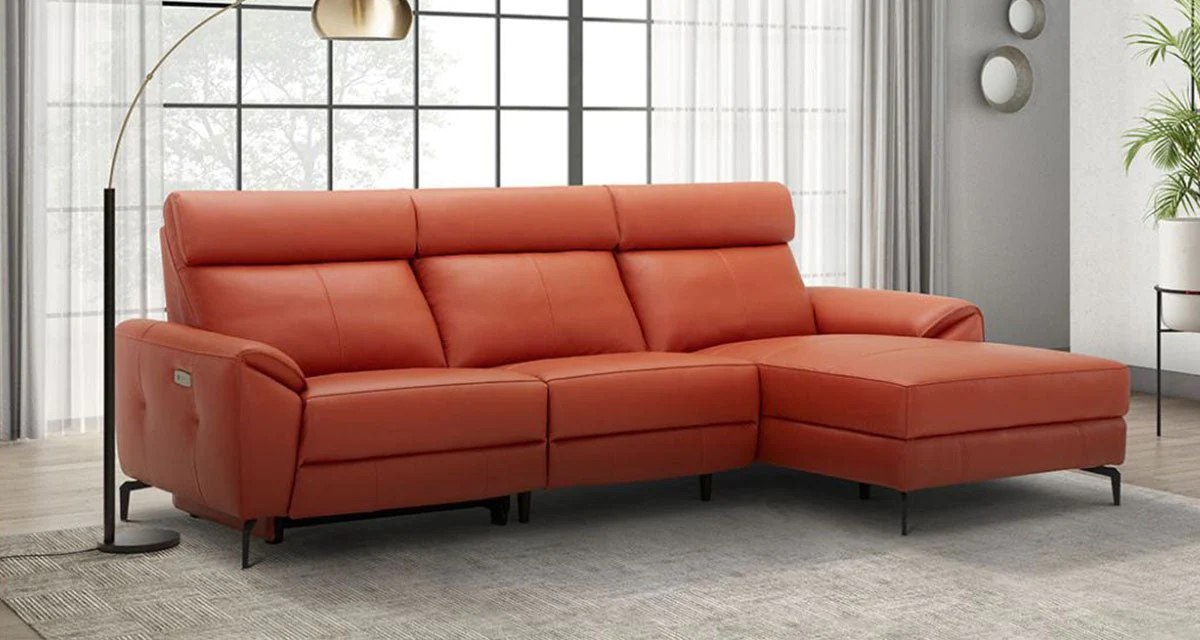
Synthetic Materials: Modern and Low-Maintenance
Synthetic fabrics are engineered to offer enhanced durability and stain resistance, making them suited for busy households.
Microfiber: Soft and Stain-Resistant
Microfiber, made of finely woven synthetic fibers, is known for its suede-like texture and durability. It resists water and stains, which allows for easy cleaning and maintenance. The dense weave also makes it less likely to rip or scratch, which is ideal for homes with pets or children.
Polyester and Nylon: Affordable and Durable
Polyester and nylon are cost-effective synthetic options that stand up well to daily use. These materials resist fading and can hold their shape for years, reducing the need for frequent replacements. They often blend with other fibers to increase the fabric’s strength and provide a variety of textures and patterns for design flexibility.
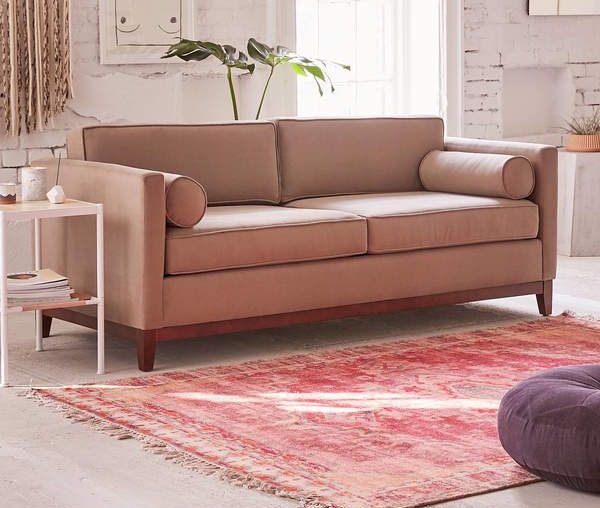
Leather: Timeless Elegance
Leather is a premium material that brings a sense of luxury and sophistication to any room.
Full-Grain and Top-Grain Leather: Quality and Character
Full-grain leather includes the outer layer of the hide, which shows natural imperfections and develops a patina over time. Top-grain leather, sanded to remove imperfections, feels smoother and is commonly used in high-end sofas. Both are durable and age beautifully, offering a comfortable and stylish seating option.
Bonded Leather: Budget-Friendly Alternative
Bonded leather is made by combining leather scraps with polyurethane or latex on a fiber sheet. It’s more affordable than full or top-grain leather but doesn’t offer the same durability or aging benefits. Bonded leather is suitable for those who want the leather look without the higher cost.
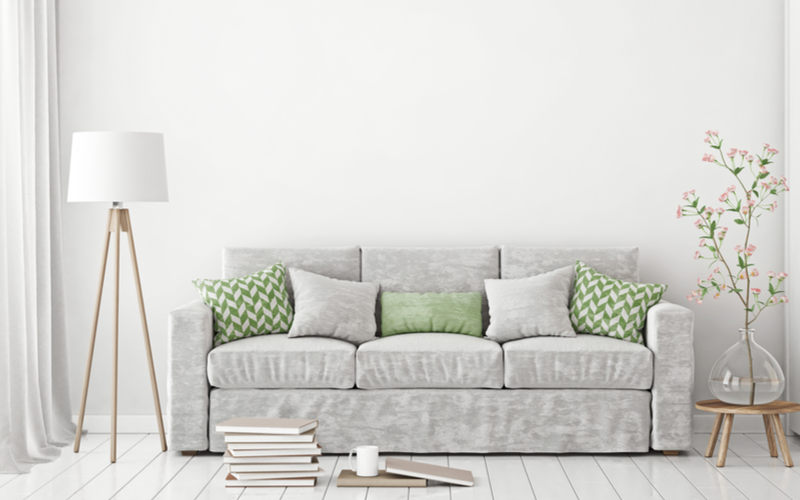
Specialty Materials: Unique Textures and Styles
For those looking for something out of the ordinary, specialty materials provide unique textures and styles.
Velvet: Luxurious and Lustrous
Velvet is a plush, woven fabric with a distinctive soft pile that gives a luxurious sheen. It’s ideal for adding a touch of elegance and can be made from natural or synthetic fibers. While traditionally considered delicate, many velvet sofas now feature stain-resistant finishes for easier upkeep.
Chenille: Soft and Textured
Chenille features a soft, fuzzy surface and is known for its diverse patterns and textures. This material is comfortable and inviting but may require more care to prevent snagging and to maintain its textured appearance.
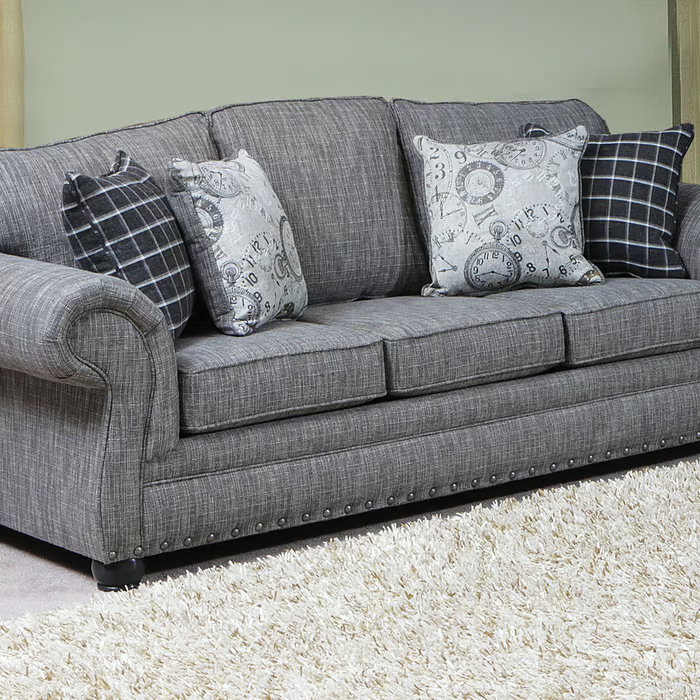
Exploring Eco-Friendly Options
In an age where sustainability is increasingly important, eco-friendly sofa materials are gaining traction among environmentally conscious consumers.
Sustainable and Recycled Fabrics
Organic cotton and recycled polyester are examples of materials that offer a reduced environmental footprint without compromising on comfort or style. These fabrics are produced using sustainable practices that conserve resources and minimize waste. Eco-friendly materials often come with certifications like the Global Organic Textile Standard (GOTS), ensuring they meet strict ecological and social criteria.
Biodegradable and Renewable Options
Consider materials like bamboo, hemp, or jute, which are not only durable but also biodegradable and come from renewable sources. Sofas made with these materials can be both stylish and kind to the planet. They usually require fewer pesticides and fertilizers to grow, reducing the harmful impact on the environment.
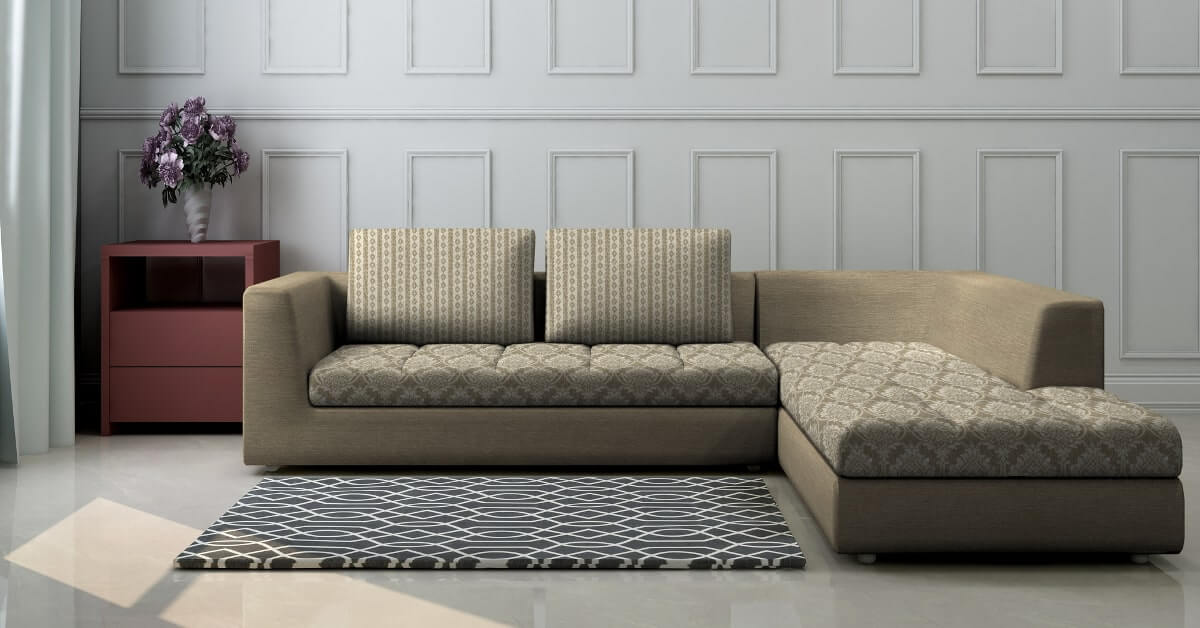
Tailoring To Your Personal Style
Your sofa is a central piece of furniture in your home and should reflect your personal style while providing comfort and functionality.
Color and Pattern Choices
The material you choose for your sofa impacts the overall design aesthetic. From vibrant colors that make a bold statement to neutral tones that blend seamlessly with your decor, the right material can set the desired mood in your living space. Patterns can add depth and interest to a room, while textured materials can offer a tactile experience that enhances the comfort of your sofa.
Customization Options
Many sofa manufacturers offer a range of customization options, allowing you to tailor the material to your specific desires. Whether it’s picking out the perfect shade to match your drapes or choosing a custom upholstery pattern, the ability to personalize your sofa ensures it will be a unique and cherished part of your home.
Caring for Your Sofa Material
Once you’ve chosen the ideal sofa material, maintaining its look and feel is crucial to ensure its longevity.
Regular Cleaning and Care
Follow the manufacturer’s instructions for care and cleaning to keep your sofa looking its best. Some materials may require periodic professional cleaning, while others can be easily maintained with regular dusting and spot cleaning.
Protecting Your Investment
Consider using throws and protective covers to safeguard your sofa against spills and wear, especially if you have young children or pets. Additionally, keeping your sofa away from direct sunlight can help prevent fading and preserve the vibrancy of the material over time.
Making Your Choice
Understanding the different types of sofa materials and their properties is key to selecting the right upholstery for your lifestyle and decor. Whether you prioritize durability, ease of maintenance, comfort, or style, there’s a material that fits your specific needs. By considering the factors outlined in this guide, you can confidently choose a sofa material that will provide satisfaction and function beautifully in your home for years to come.
